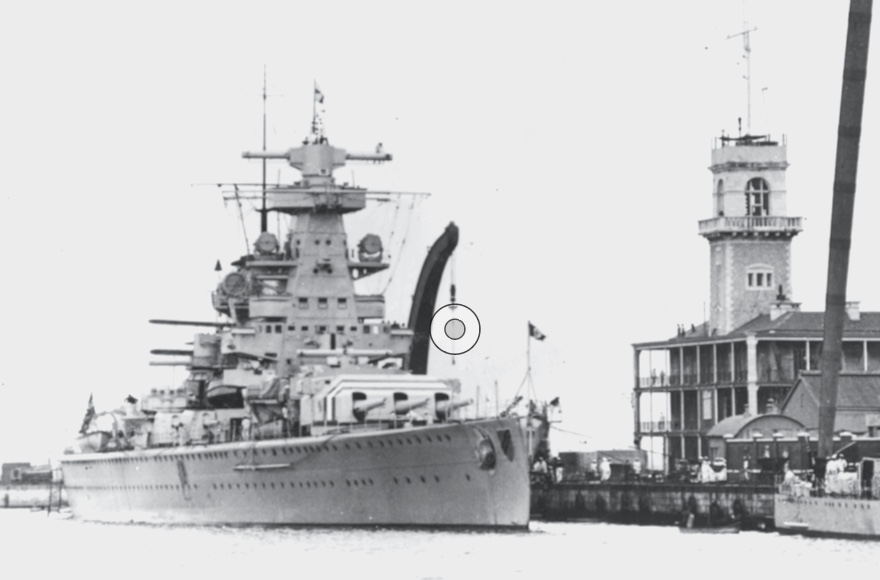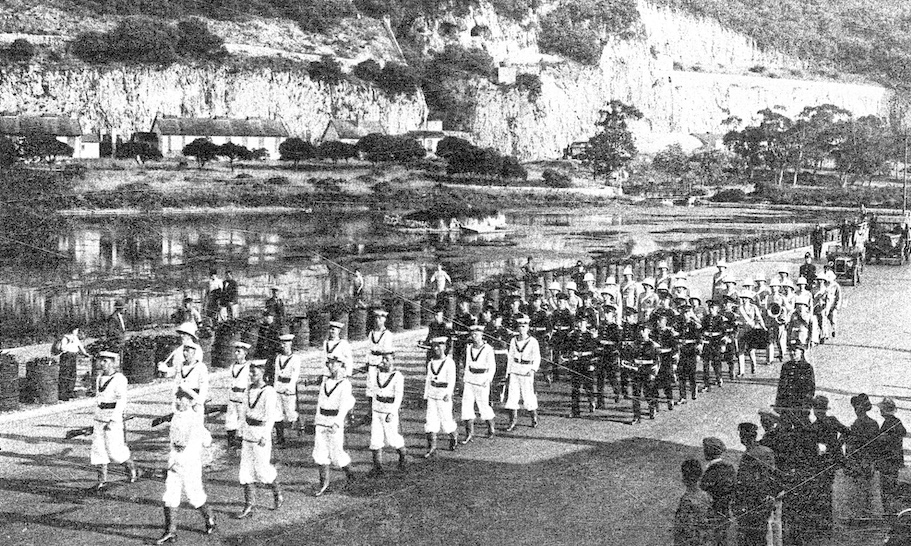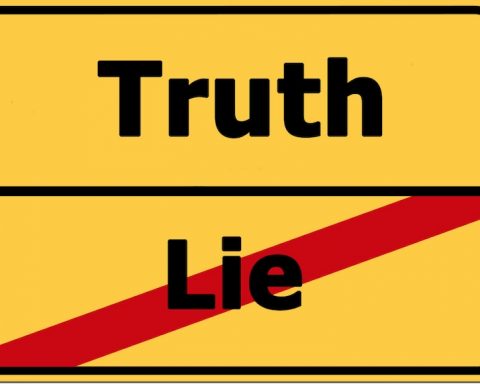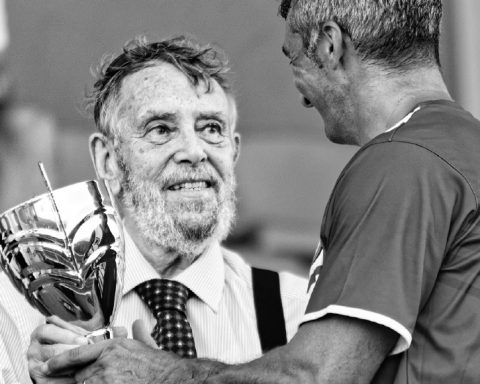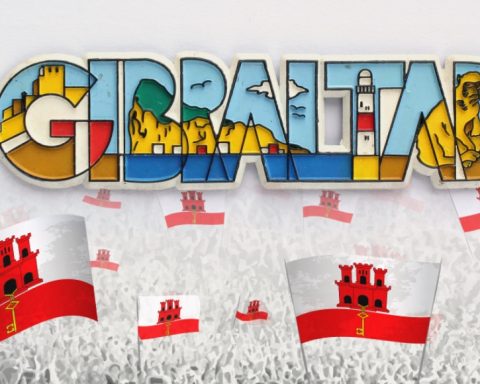In order to understand this incident it is necessary to provide some background information which lead to the presence of foreign warships in Spanish waters.
In 1937 Germany was beginning to come out of a most destructive economical crisis. The German Mark had devalued to such an extent that the paper used to print the currency was worth more than its face value. Postage stamps were in millions of Marks. Hitler had taken over the country and the Nazi party was gaining ever more popular support within Germany. Against International Convention, Germany was secretly rearming and its military was now a force to be reckoned with. The German people were pleased to see their country growing in strength and power. Little did they realise what would be the consequences.
Italy was following Germany’s lead. Mussolini and the Faceist Party were gaining ever more popularity. Eritrea, Ethiopia and Libya were colonised and the military held sway over politics.
In Spain, the Republican Government had lost popularity, Franco had lead a revolt in Spanish Morocco which had spread to mainland Spain where he now controlled a large portion of the country and was gaining more territory by the day. (see map fig 1)
Britain, France, Russia, Germany and Italy had signed a Non-Intervention Pact which provided for the positioning of warships in the Mediterranean and the Spanish Atlantic coast to monitor the combatant’s actions and protect neutral shipping from attack. The pact was a farce and interpreted by all parties to suit their particular politics.
A number of British ships were damaged in Spanish harbours as both sides claimed they were supplying war materials to the opposition. Of course many of these claims were true but were never admitted by the Government. British warships based in Gibraltar, patrolled the southern coast of Spain and the major seaports in the area, sometimes coming under attack themselves. France, Italy and Germany were each allocated sections of coast to patrol.. (see map fig)
Germany was supporting the Franco regime by supplying aircraft, crew and materials fighting under the Spanish (Franco) colours. Italy supplied submarines, ships and materials in the same guise. Britain was not without blame, also providing materials surreptitiously under the excuse that it was humanitarian aide France was also supplying aircraft and spares, Russia of course supporting the Republicans. Gun runners were having a field day.
On the 29th of May of 1937, The Baleares, with the exception of Minorca, was under Franco’s command. The German 10,000ton Battleship Deutschland was lying off Ibiza. Her nine hundred and twenty six crew going about their duties in the warm sunshine, little worried about the conflict on the mainland. This powerful warship was armed with six, eleven inch guns in two triple turrets and eight, five point nine guns in duel turrets as secondary armament. She also carried six, three point five inch anti aircraft guns and eight torpedo tubes. A spotter floatplane could be launched from a catapult sited behind the funnel. This vessel was later renamed Lutzow when the new Deutschland was launched in 1940. There was little fear of an attack by surface vessels as there was nothing on either side of the conflict that could match this magnificent but deadly war machine. The warship was strictly speaking in the French patrol area and therefore stood down.
The peaceful scene was suddenly interrupted as the sun began to set. Two Republican aircraft, flown by Russian pilots, on their way to bomb Ibiza appear overhead. The alarm sounded throughout the ship. The two planes circle the ship and drop twelve bombs scoring two hits, one through the foredeck and into the seaman’s mess. the other hitting the ships side causing little damage. The aircraft flew back to their base in Minorca and safety.
On board the stricken vessel fire control teams were fighting the fire in the foreword seaman’s mess. Bodies began to arrive on deck and wounded were rushed to the sickbay on stretchers. The fire was soon under control and the task of clearing up and assessing the damage, commenced.
It was soon clear that the ships medical resources were inadequate to cope with the level of medical attention required by the wounded. The German Government sought and received permission for the Deutschland to proceed to Gibraltar.
Hitler was livid, his rage took six hours to calm down. Germany was shocked that so many German seamen had been killed and injured following the attack on the pride of their fleet. The government decided to seek retribution by attacking the Republican held town of Almeria on the southern coast of Spain. On the 31st of May the Admiral Scheer a sister ship to the Deutschland and four destroyers bombarded the town, firing 200 shells into the helpless city, destroying the harbour fortifications and killing twenty five and wounding forty civilians. (some reports claim 150 wounded) Thirty five buildings in the town were also hit. Telephone, water and electricity supplies were interrupted and many inhabitants left the city for fear of further attacks.
The Main Street in Gibraltar was crowded with people watching the Corpus Christi procession make its way to Cassettes for the annual ritual. An alter had been set up at John Macintosh square where the procession would return and where the clergy were preparing to receive the faithful. The veiled girls in long white dresses, carrying baskets of rose petal which they spread ahead of them, the boys in their best suits following the cassocked cross bearer at the head of the procession. The proud parents smiling and shyly waving to their children as they passed by with their prayer books a rosary wrapped around their hands, head bowed, acknowledged the wave with a smile.
It was the 30th of May and in the light of the setting sun, a large warship came round Europa Point. At the stern flying at half mast was the Nazi flag. The Deutschland was the flagship of Rear Admiral Hermann Von Fischal. As she came closer the military observers on the Rock could see that there was serious damage to the forecastle of this mighty ship. She slowly made her way through the harbour entrance where the Dockyard tugs waited to help the emblem of German might to berth alongside the Tower. The time was 1900hrs. On board were 23 dead and 19 serious and 64 slightly wounded seamen. All the ships in harbour and the Government buildings had their flags at half mast as a mark of respect for the dead seamen.
As soon as the formalities were completed 53 of the wounded were taken to the Military Hospital where they were looked after by the existing staff, however the level of personnel was insufficient to cope with this number of casualties and so a call went out to England for assistance.
The next day the 31st of May, at 11am the Deutschland left harbour, leaving behind the Chaplain, Marinepfarrer Gerthard Plantiko and the interpreter Stalsighaller Gart Frank Schulte. During the night another sailor died from his wounds bringing the total to 24. The funeral of the 24 German Naval ratings left through the Dockyard North Gate at 5pm with the coffins draped in the German flag and carried on motor vehicles covered in Union Flags, two to a lorry. The cortege passed Waterport and followed along the Inundation and turned onto Devil’s Tower Road and on to the North Front Cemetery. Accompanying the coffins was an escort from HMS Arethusa and also following were detachments from all the British ships in harbour as well as the Dutch submarine 0.13, USS Kane and the Turkish Destroyer Kocatepe. Along the route the local police lined the road. At the gates to the Cemetery a Guard of Honour formed up from the Destroyer Squadron. The coffins were then taken from the vehicles and carried to the grave side by sailors from HMS Arethusa. The band of the Royal Marines provided the solemn Music.
The Governor, Sir Charles Harington was accompanied by his Aide-de-Camp and Rear Admiral Evans and many other military and civil dignitaries and consuls
The Church of England Cathedral Dean, The very Reverend W K Knight-Adkin, read the opening prayer. The German Naval Chaplain followed by thanking everyone on behalf of the officers and crew of the Deutschland for the way in which their comrades had been treated in Gibraltar. He then read the committal. The grave was closed to the sound of shots from the Firing Party drawn from HMS Despatch. The Last Post and Reveille was played by the buglers of the Kings Own Yorkshire Light Infantry.
That night another seaman died and was buried with full military honours on the following day, the 1st of June, leaving North Gate at 2pm.
Part 2 will feature in the next edition of Gibraltar Insight.

